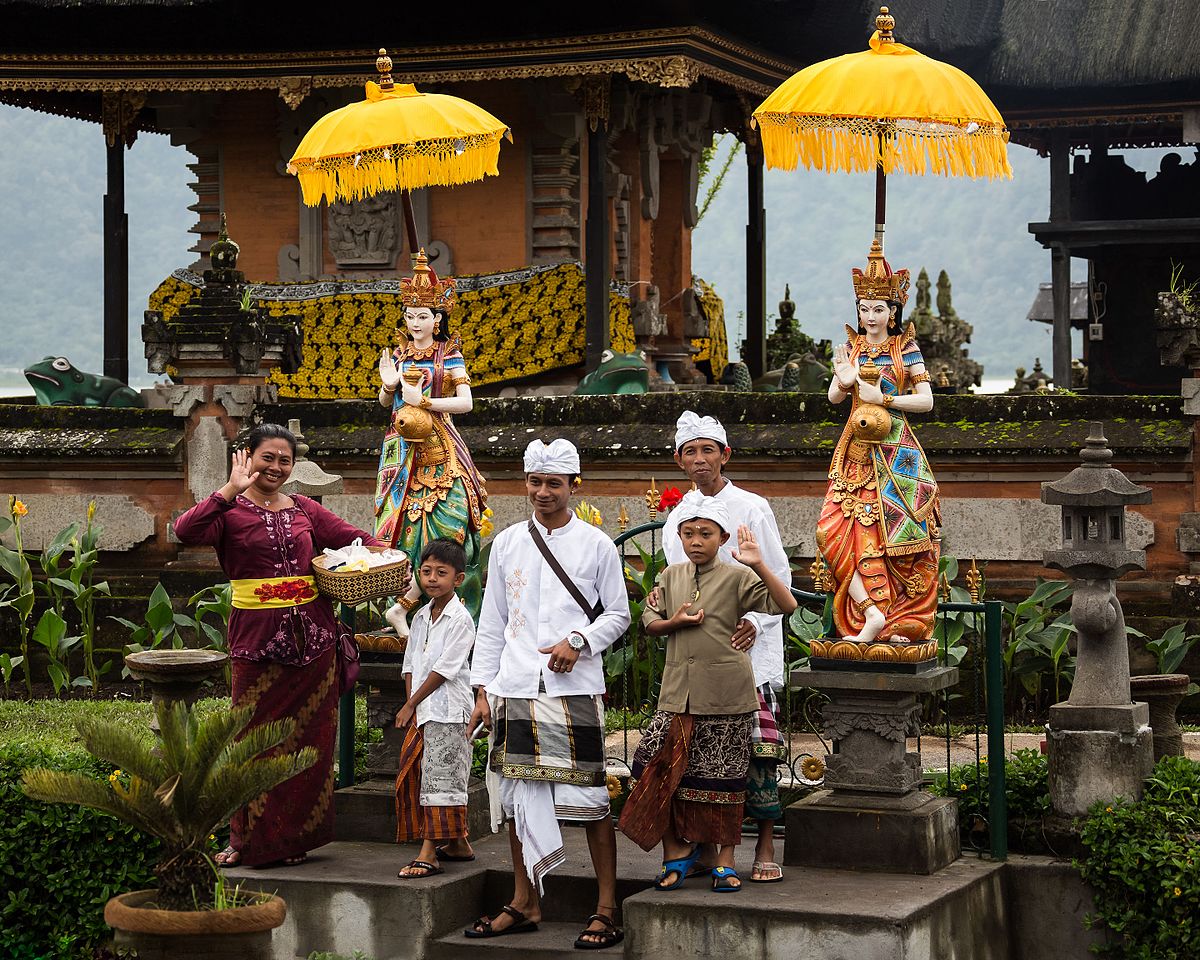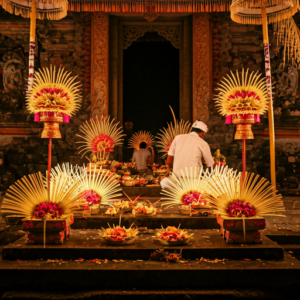Nestled in the lush landscapes of Indonesia, Bali stands as a remarkable testament to a unique form of Hinduism that has evolved distinctly from its Indian origins. Balinese Hinduism is far more than a religious practice—it is a comprehensive way of life that permeates every aspect of social, cultural, and personal existence. Unlike Hinduism in India, this island-specific spiritual tradition has woven together ancient Hindu philosophies, indigenous animist beliefs, and local cultural practices to create a rich, nuanced spiritual ecosystem.
Historical Origins and Evolution
The roots of Balinese Hinduism can be traced back to the 8th and 9th centuries when Hindu and Buddhist influences from India began to spread through maritime trade routes. As traders and priests arrived on the island, they encountered a complex local belief system that was deeply connected to nature and ancestral spirits. Rather than replacing these existing beliefs, Hinduism gradually integrated with them, creating a syncretic spiritual practice that is uniquely Balinese.
Between the 10th and 16th centuries, as Islamic influences spread across the Indonesian archipelago, Bali became a refuge for Hindu nobility, priests, and artists from Java. This migration further refined and preserved the distinctive form of Hinduism that would become characteristic of the island. The Hindu Majapahit Empire played a crucial role in this preservation, ensuring that the spiritual traditions remained vibrant and continuous.
Core Philosophical Principles
Balinese Hinduism, known locally as „Agama Hindu Dharma,“ shares fundamental philosophical concepts with mainstream Hinduism while maintaining its own distinct character. The core principles include:
- Tri Hita Karana: This foundational philosophy emphasizes harmony between humans, nature, and the divine. It teaches that spiritual well-being depends on maintaining balanced relationships with these three spheres. This concept manifests in daily practices, from intricate offerings to environmental conservation efforts.
- Cosmic Balance: Unlike some interpretations of Hinduism, Balinese Hinduism places extraordinary emphasis on maintaining equilibrium between positive and negative forces. Ceremonies and rituals are designed to preserve this delicate cosmic balance, recognizing that both constructive and destructive energies are essential to universal functioning.
- Ancestor Worship: While present in many forms of Hinduism, ancestor veneration is particularly pronounced in Balinese practice. Families maintain household temples and regularly perform rituals to honor and communicate with deceased relatives, believing that ancestors continue to play an active role in family life.
Unique Ritual Practices
The spiritual landscape of Bali is defined by its extraordinary ritual complexity. Ceremonies are not occasional events but integral parts of daily life, with some estimates suggesting that Balinese people participate in religious ceremonies almost daily.
Temple Festivals and Ceremonies
Bali hosts thousands of temples, each with its own series of elaborate festivals. The most famous, Galungan and Kuningan, celebrate the victory of good over evil. During these periods, intricate penjor—tall, curved bamboo poles decorated with coconut leaves—line the streets, creating a breathtaking visual representation of spiritual celebration.
Lifecycle Rituals
From birth to death, every stage of human life is marked by precise ceremonial observations. The most significant of these is the tooth-filing ceremony, or „Metatah,“ which symbolizes the control of human negative traits like greed, anger, and jealousy. This ritual represents the philosophical ideal of personal refinement and spiritual growth.
Artistic and Cultural Expression
In Balinese Hinduism, art is not merely decorative but a profound form of spiritual expression. Traditional dance, music, painting, and sculpture are all considered sacred practices that connect humans with the divine. The famous Barong dance, for instance, represents the eternal struggle between good and evil spirits, transforming complex theological concepts into mesmerizing performance art.
Architectural Manifestations
Balinese Hindu architecture reflects the spiritual worldview through its precise spatial organization. Traditional Balinese compounds are divided into three symbolic zones:
- Utama Mandala: The sacred area, typically housing the family temple
- Madya Mandala: The central living area
- Nista Mandala: The more mundane spaces for daily activities
Each space is carefully designed to maintain spiritual harmony and facilitate a connection with the divine.
Contemporary Challenges and Preservation
In the face of globalization and increasing tourism, Balinese Hinduism continues to demonstrate remarkable resilience. Young Balinese are actively working to preserve their spiritual traditions, recognizing them as a crucial part of their cultural identity.
Modern practitioners are finding innovative ways to maintain traditional practices while adapting to contemporary life. Digital platforms are being used to document rituals, and cultural education programs ensure that younger generations understand the profound significance of their spiritual heritage.
Global Significance
Balinese Hinduism offers the world a remarkable model of spiritual practice that emphasizes harmony, balance, and interconnectedness. Its holistic approach provides insights into living a life that recognizes the sacred in everyday experiences and maintains a delicate balance between human, natural, and spiritual realms.
Conclusion
More than a religious system, Balinese Hinduism is a comprehensive philosophy of life that teaches profound respect for the interconnected nature of existence. It reminds us that spirituality is not about rigid dogma but about maintaining relationships—with each other, with nature, and with the unseen forces that shape our universe.






